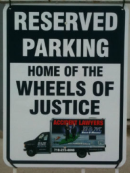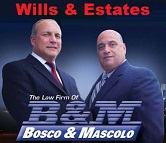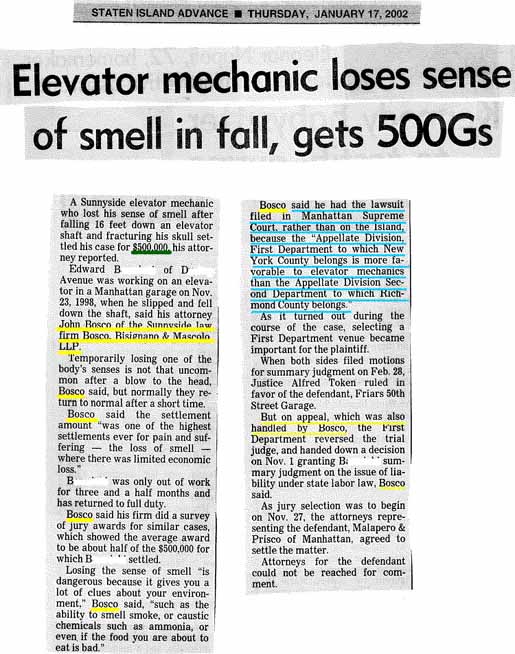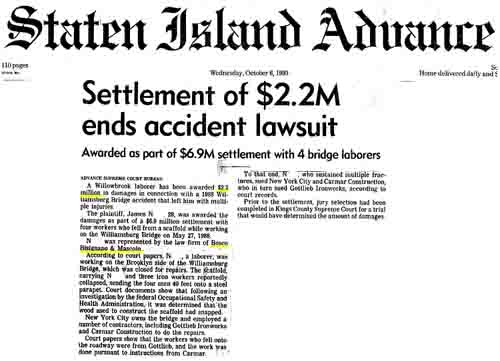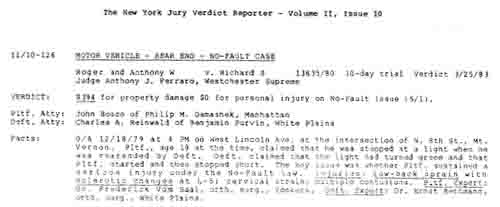Paintball Suit Nails Parents in Shooting Accident
 Thursday, February 19, 2004 at 01:22PM
Thursday, February 19, 2004 at 01:22PM The headline on the front page of the Staten Island Advance announced that John Bosco of the law firm of Bosco, Bisignano & Mascolo, LLP. Esqs. had won another victory for his clients. Yet, the headline overlooked how the victory was won. Even though Bosco persuaded the trial judge to hold the parents responsible for the behavior of their child, there was more to the victory than the headline revealed. John Bosco was hired to represent a young girl who was shot in the eye with a paint ball by their neighbor's son. The only insurance available to compensate her for her injuries was through the homeowner's policy of the shooter's parents.
There are a factors that limit the maximum value of a case and one of them is insurance coverage. The upper limit to the value of a case is usually no more than the insurance coverage available. Theoretically, a plaintiff can get a judgment for more than the insurance policy limits. However, practically speaking, the liability limits of an insurance policy create a firm upper barrier whose breach earns a plaintiff no extra compensation. Defendants can hide personal assets or go bankrupt. Water cannot be squeezed out of a stone.
Moreover, liability insurance does not cover intentional conduct. Many hold the misconception that liability insurance does not cover drunk drivers. It does. What it does not cover is intentional conduct. A shooter who purposefully points a gun at a victim with intent to harm has lost all of the protection of a liability insurance policy. Such a shooter is uninsured.
Getting back to the story.
Success in this case required John Bosco to convince the liability insurance carrier that the shooting was negligent not intentional conduct. Calling on their prior experience with this issue and utilizing strategies they have developed over the course of decades of practicing injury law, John Bosco succeeded in persuading the Liability Insurance Company of the homeowner that the shooting was negligent not intentional conduct. After doing so, John Bosco soon thereafter was able to persuade the Liability Insurance Carrier to pay John Bosco's client the entire limit of the homeowners policy.
 John Bosco | Comments Off |
John Bosco | Comments Off | 
